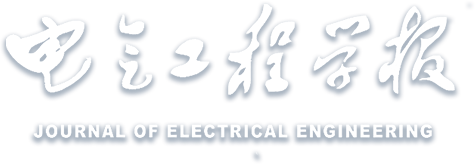分布式电源并网标准发展与对比
Development and Comparison on Standard for Interconnecting Distributed Resources with Electric Power Systems
-
摘要: 随着分布式电源技术的发展和在电网中渗透率的提高,各个国际组织和国家都颁布和修订了自己的分布式电源并网标准。为了探究中外分布式电源并网标准的发展趋势,互相学习分布式标准制定和修订的经验,本文主要介绍了在国际上被广泛接受的IEEE 1547标准和我国国内分布式电源并网标准, 针对标准中有关异常状况响应、功率控制和电压调节、低电压穿越等方面的内容进行了比较,选取了分布式电源中有代表性且发展较快的风力发电与光伏发电为例进行了具体介绍。通过对IEEE 1547原始标准与修订版本的纵向比较,以及我国不同分布式电源并网标准和国外组织与国家标准的横向比较,分析了各标准之间的差异成因,探讨了分布式电源标准未来的发展方向,为国际分布式电源并网标准和我国国内标准的进一步完善提供了参考借鉴,也为并网逆变器设备制造商和并网保护装置生产厂家提供了设计依据。Abstract: Along with the development of the distributed resources technology and the increase of the distributed resources penetration on the grid, many international organizations and countries have promulgated and revised their own standards for interconnecting distributed resources with electric power systems. In order to explore the development trend of the Chinese and foreign standards for interconnecting distributed resources with electric power systems, and to learn the experience of formulating and revising the standards for interconnecting distributed resources with electric power systems, the international standards IEEE 1547 series of interconnection standards and Chinese standards for interconnecting distributed resources with electric power systems are mainly introduced in the paper, and the contents of response to abnormal conditions, power control, voltage regulation and the ability of low-voltage ride-through are compared. The standards for representative and rapidly developed wind power generation and photovoltaic power generation are concretely introduced. Through the vertical comparison of the original version and revised version of IEEE Std 1547, as well as the horizontal comparison of Chinese own different standards for grid-integration of distributed resources and foreign organizational and national standards, the cause of the difference between the standards is analyzed, and the development trend of the future standards for interconnecting distributed resources with electric power systems is discussed. The reference for the further improvement of the international standards and Chinese standards for grid-integration of distributed resources are provided. A foundation is also provided for the design of grid-integration inverter equipment and protection device.


 下载:
下载: